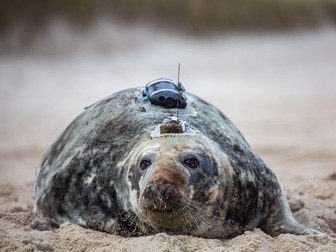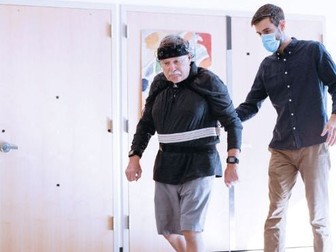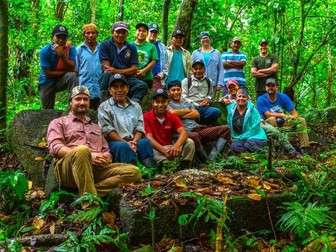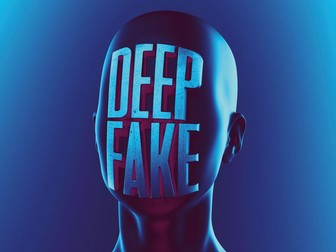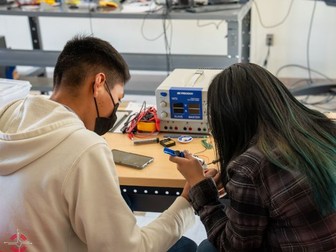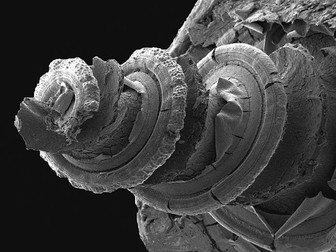
Navigating the maze of reading comprehension for first grade learners
Suitable for 14 to 19-year-olds (secondary and high schools, and college), this article and accompanying activity sheet can be used in the classroom or shared with students online.
This resource links to KS4 and KS5 language studies.
It can also be used as a careers resource and links to Gatsby Benchmarks:
Gatsby Benchmark 2: Learning from career and labour market information
Gatsby Benchmark 4: Linking curriculum learning to careers
• This teaching resource explains the work of Dr Marie-France Côté, at the University of Quebec in Montreal, Canada, who studies the complexities of reading comprehension among first grade French-speaking learners in Quebec. She is looking at the difficulties in assessing these early years students and working on a new and more reliable assessment tool called ESPACE.
• This resource also contains an interview with Marie-France, providing an insight into careers in language didactics.
• The activity sheet provides ‘talking points’ (based on Bloom’s Taxonomy) to prompt students to reflect on Marie-France’s research, and tasks them to devise strategies to help young children learn and remember key words, graphemes and phonemes.
This resource was first published on Futurum Careers, a free online resource and magazine aimed at encouraging 14-19-year-olds worldwide to pursue careers in science, tech, engineering, maths, medicine (STEM) and social sciences, humanities and the arts for people and the economy (SHAPE).
If you like these free resources – or have suggestions for improvements –, please let us know and leave us some feedback. Thank you!






